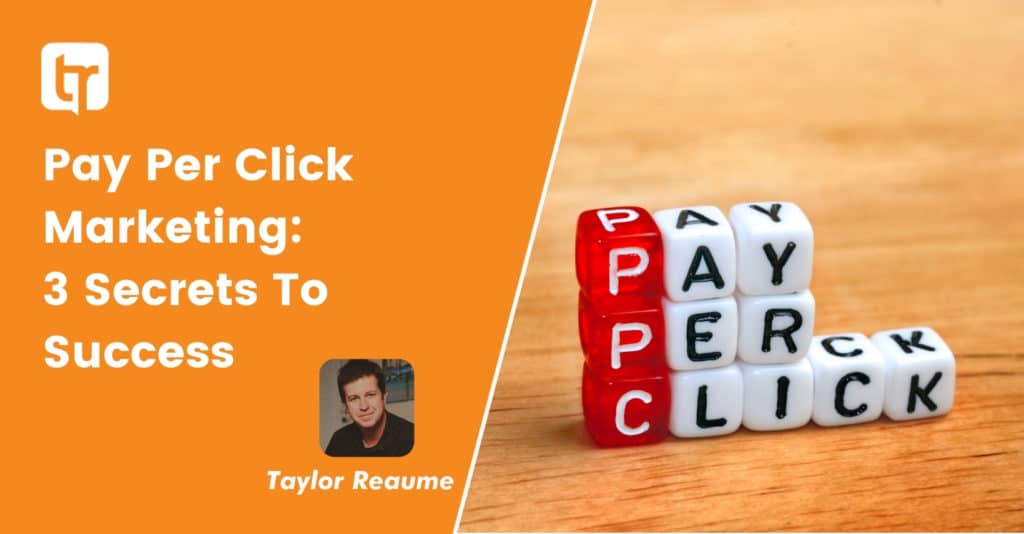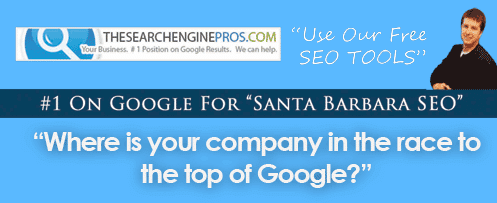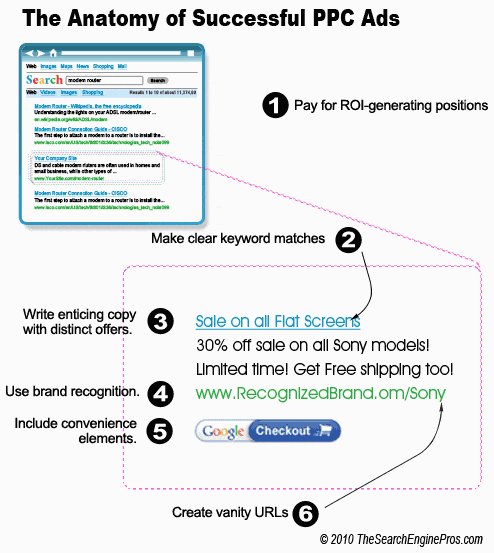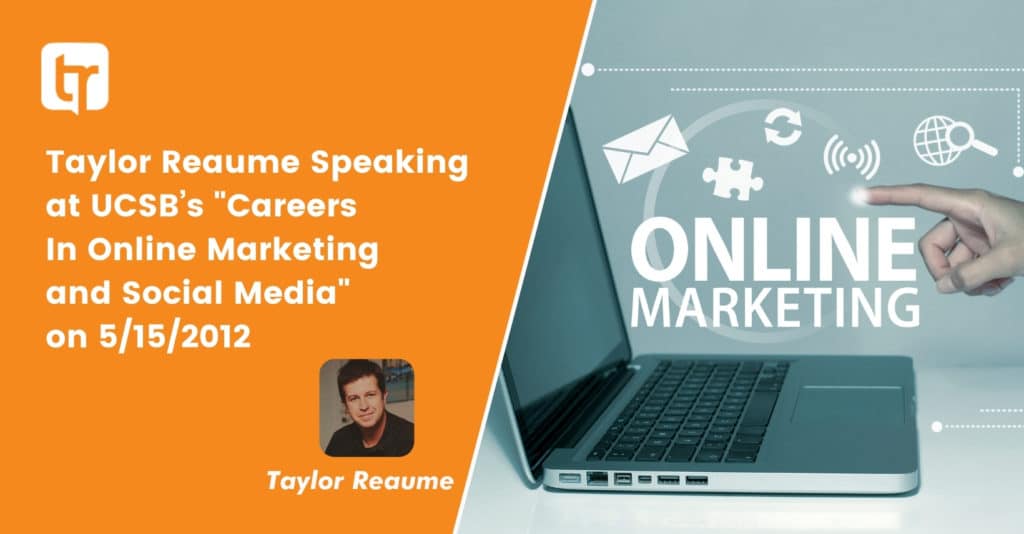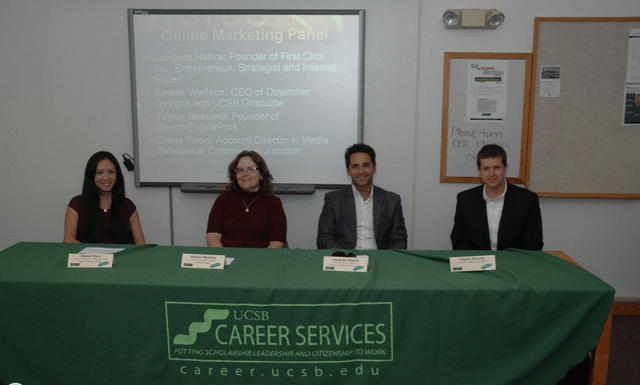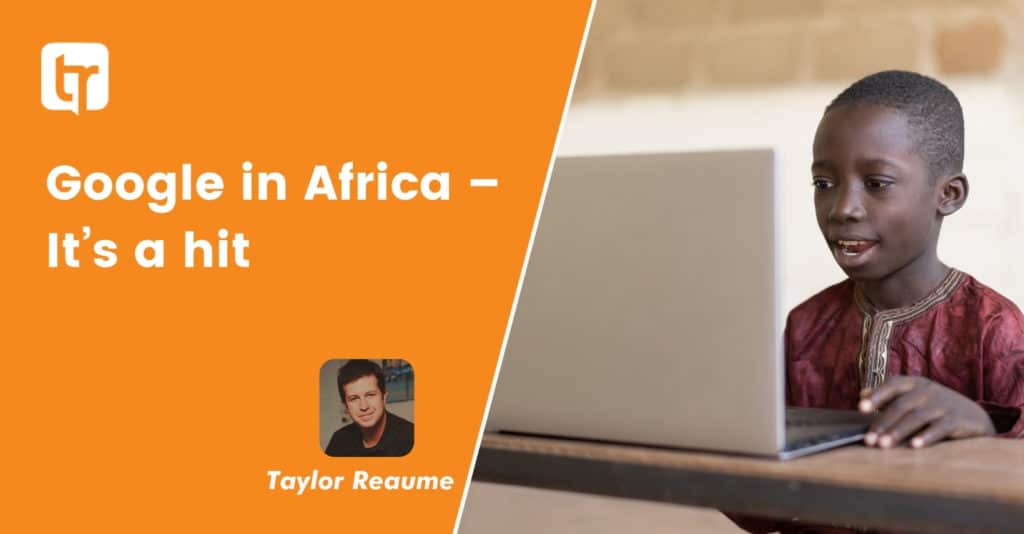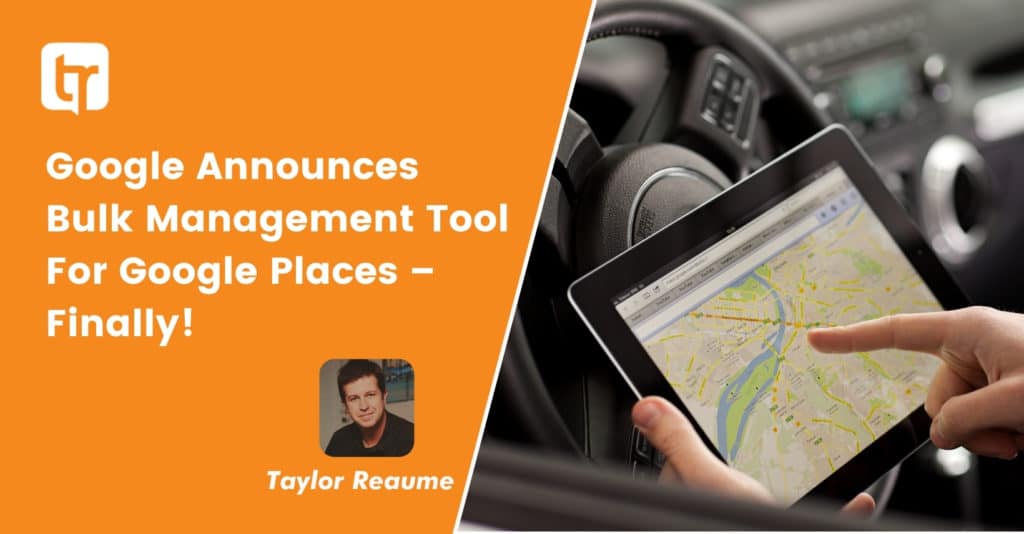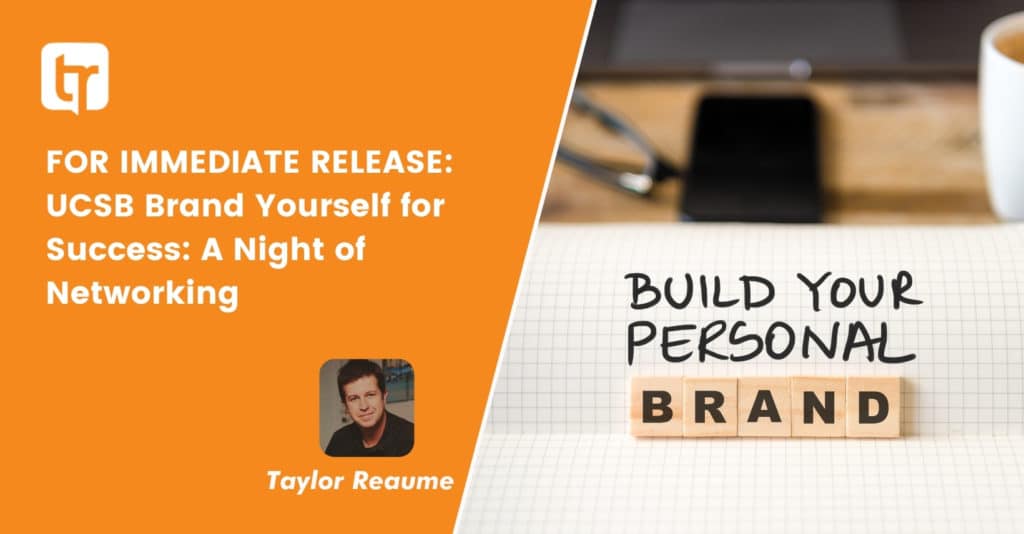No follow in 2012: A Valuable Google Page Rank Benefit?
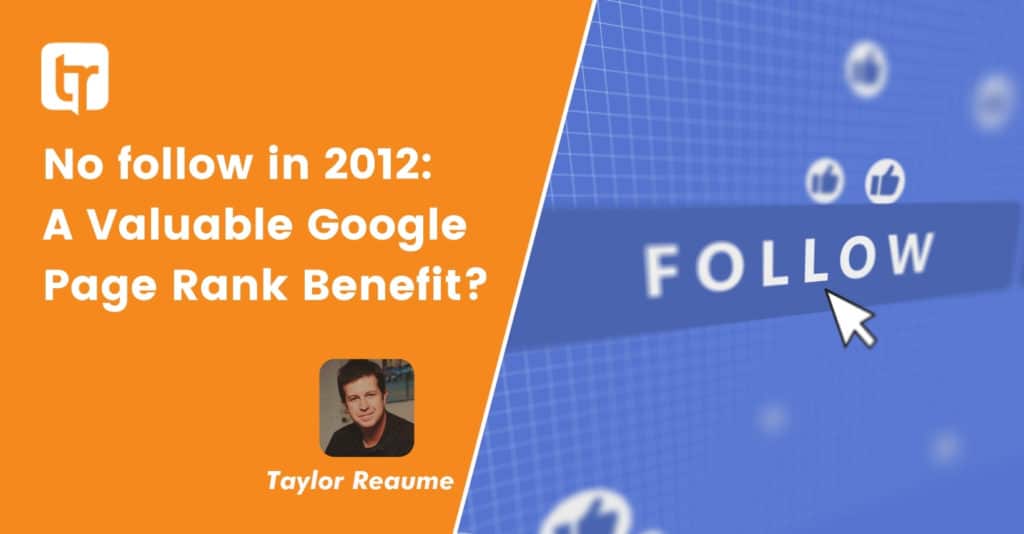

SEO Experts have known for years that nofollow deletes valuable Google page rank benefit, a Google employee (Matt Cutt’s) has even confirmed this fact on his blog.
So what happens when you have a page with “ten PageRank points” and ten outgoing links, and five of those links are nofollowed? Let’s leave aside the decay factor and focus on the core of the question. Originally, the five links without nofollow would have flowed two points of PageRank each (in essence, the nofollowed links didn’t count toward the denominator when dividing PageRank by the outdegree of the page). More than a year ago, Google changed how the PageRank flows so that the five links without nofollow would flow one point of PageRank each, and the other five no follow links would simply evaporate the link juice.
Why does Google say not to worry so much about those no follow tags? We believe Google is simply trying to clarify things to a degree about all the mystery around page rank sculpting. Another reason might be because they are trying to discourage sloppy web mastery. If one builds a website correctly, from the start, there is no need to use no-follow tags on links (for outbound links or for site navigational links).
But here’s the interesting take away…
Most reports from top SEO’s across the web are concluding that rel=”nofollow” attributes to internal links within a site are wasting link juice. A nofollowed link is deleting your valuable link benefit. Many don’t realize that the WordPress core commenting system that uses nofollow on comment author links is already deleting too much of your valuable link benefit (possible to remove this at theme level), don’t make it worse by adding more!

There’s been talk lately in the blogosphere about how noindex is perhaps just as bad as nofollow in terms of evaporating link juice. Although noindex is not as damaging as nofollow (doesn’t delete link benefit), noindex does waste link benefit. When a page is noindexed the link benefit that flows through the page does NO SEO work on that noindexed page! All good SEO experts know when link benefit flows through a page (via links) a proportion of that link benefit is used (spent) on that page (estimated 15% is used, it’s the dampening factor within the PageRank formula).
Noindex can block these pages from being indexed, but noindex does NOT recycle the link benefit (the 15% that’s lost), there is little value in noindexing a page when the link benefit is wasted. The page isn’t indexed, but the link benefit is still used (wasted). The perfect SEO setup is ALL pages on a site target one or more keywords (SERPs : Search Engine Results Pages) so ALL the link benefit flowing through the site generates traffic from search engines like Google through relevant SERPs.
Few sites are perfect SEO wise. A typical site will have Contact, About, Privacy, Disclaimer, Shopping Basket and other pages that though important to our visitors, have little to no SEO value. Should you noindex the pages, no follow the pages? These are important questions to ask with your SEO consultant, as the answer is not the same in every case.
What does it all mean?
Long before the days of nofollow, Bruce Clay, Inc. has advocated a site architecture practice known as SEO siloing. SEO Siloing relies on two things to create sections of a site that are highly relevant to the targeted keyword: linking and theming. By linking pages with the same theme (virtual SEO siloing) and by including those pages within the same directory (physical SEO siloing), you can create a section of your site that will be considered pertinent to targeted keywords.
With the advent of the nofollow attribute, we recommended nofollow use to eliminate superfluous links to pages that were off-theme. However, we considered PageRank sculpting using nofollow to be a marginal support for SEO siloing. If a forthcoming Google guideline were to discourage nofollow-based PageRank sculpting, it would not affect the core principles of SEO siloing, a powerful web site architecture technique that improves site structure and the related relevancy signals. If Matt is suggesting that webmasters build a site with PR flow in mind from the beginning, SEO siloing is an ideal solution still deserving of attention and implementation.
Bottom line – it’s important to start cleaning up our your follow tags. We won’t be penalized if we use them, rather, we will just lose out on passing “page rank power” for that link. Implementing these changes now will help webmasters abide by Google’s new algorithm and increase web site traffic.
Traditionally, search engine optimization is often approached as a post production task, taking the existing code of a website and optimizing the structure to increase rankings. Often times the work is outsourced or handled by a separate web team that doesn’t have a working relationship with the web development team. However, savvy webmasters and successful SEOs understand that a websites architecture and overall linking structure will have a huge impact on long term success.
When you build your website on a solid foundation of vertical market theme research, solid linking structure otherwise known as ‘silo website architecture’ and quality content that provides value to your visitors, you will be miles ahead of the SEO game even before you begin acquiring back links.
Silo Web Site Architecture: A silo is simply another word for ‘category’. Silo website architecture is a way of organizing your keyword rich content into tightly structured themes whereas the content of each page, including body copy, titles, headers, and urls, all work together to support the overall theme of the silo. Each page within a silo links to each other to reinforce the theme. Cross-linking between silos should point to a silo landing page whenever your content contains a keyword phrase that supports that silo’s theme.
Why is this important?
If you build your website this way, search engines like Google are going to reward you because you are telling them exactly what your web site is about while providing a logical navigation for your (and Google’s) customers. Remember, Google is in the business of serving up quality content to it’s customers. Relevant inbound and outbound linking helps Google filter and organize the web pages they are indexing. Google’s algorithm pays close attention to the keywords in the anchor text of a link, especially when it is placed within the body content of your page, and places high importance to the page the link is pointing to. Internal links contained within your website can carry as much weight as inbound links from external sites.
*Note: Red arrows indicate where links are pointing. Cross-linking between silos should point to a silo landing page whenever your content contains a keyword phrase that supports that silo’s theme.
- Example of “Silo Web Architecture”
- Notice keyword themes

*Note: Red arrows indicate where links are pointing. Cross-linking between silos should point to a silo landing page whenever your content contains a keyword phrase that supports that silo’s theme.
All this is to say that just be careful when using nofollow and noindex when trying to rank your web pages. Let’s work smarter, not harder on our SEO!

